Hello farmers, today we are here to discuss vertical saffron farming. Saffron is a spice with a long and illustrious history. It’s been used for everything from flavoring food to fabric dyeing, and it’s even been said to have medicinal properties. This precious spice is made from the Crocus Sativus flower, and each flower only produces three stigmas or threads.
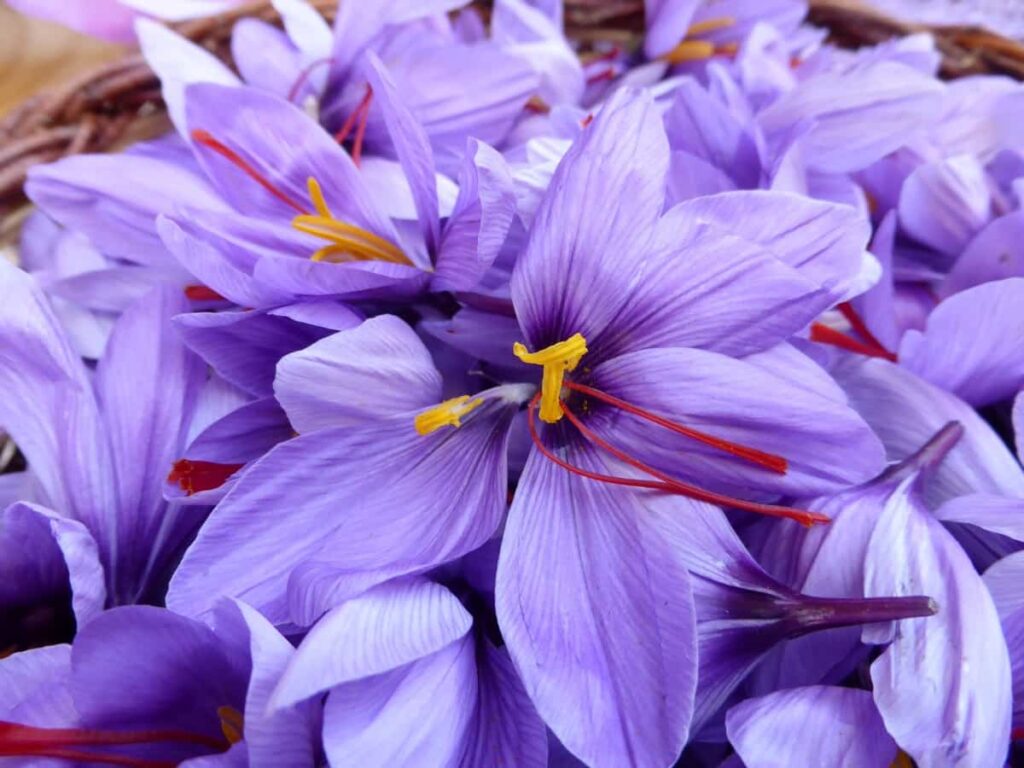
It takes around 70,000 flowers to make just one pound of saffron. Not to mention the fact that the harvesting process is very delicate and time-consuming. All of this makes saffron one of the most expensive spices in the world, with one pound costing anywhere from $500 to $5,000. Given the high cost of saffron, there’s no wonder there’s a lot of interest in vertical saffron farming.
This type of farming seeks to increase yields by growing the flowers on vertically stacked shelves in a controlled environment. In this blog post, we will explore vertical saffron farming and its potential to revolutionize how this spice is produced. Let us look at some of the challenges farmers face trying to adopt this new method.
Vertical saffron farming
What is Saffron?
Saffron is a delicate spice with a rich, complex flavor. The Crimson-hued stigmas of the flower Crocus sativus are harvested to produce saffron. This labor-intensive process has made the spice one of the world’s most expensive for centuries. Each autumn, farmers in Kashmir carefully handpick each flower and remove its three stigmas. These stigmas are then dried and used as saffron.
One hundred flowers yield just 2 grams (0.07 ounces) of dry saffron threads. It takes about 80,000 flowers to make up just 1 kilogram (2.2 pounds) of the spice. The price per pound can range from $500 to $5,000! Saffron’s high cost is due to the time-consuming nature of its harvest and its distinct flavor. Saffron imparts a unique aroma and tastes that any other spice cannot replicate.
History of Saffron farming
Saffron cultivation can be traced back to the Bronze Age, making it one of the oldest crops in the world. The first recorded mention of saffron was in a Chinese medical text from the 3rd century BC. Saffron was also mentioned by Theophrastus, a Greek philosopher, and botanist, in the 4th century BC. In ancient times, saffron was used for various purposes, including as a dye, perfume, and medicine.
In case you missed it: Vertical Tomato Farming: Modern Way of Getting More Yields in Less Space
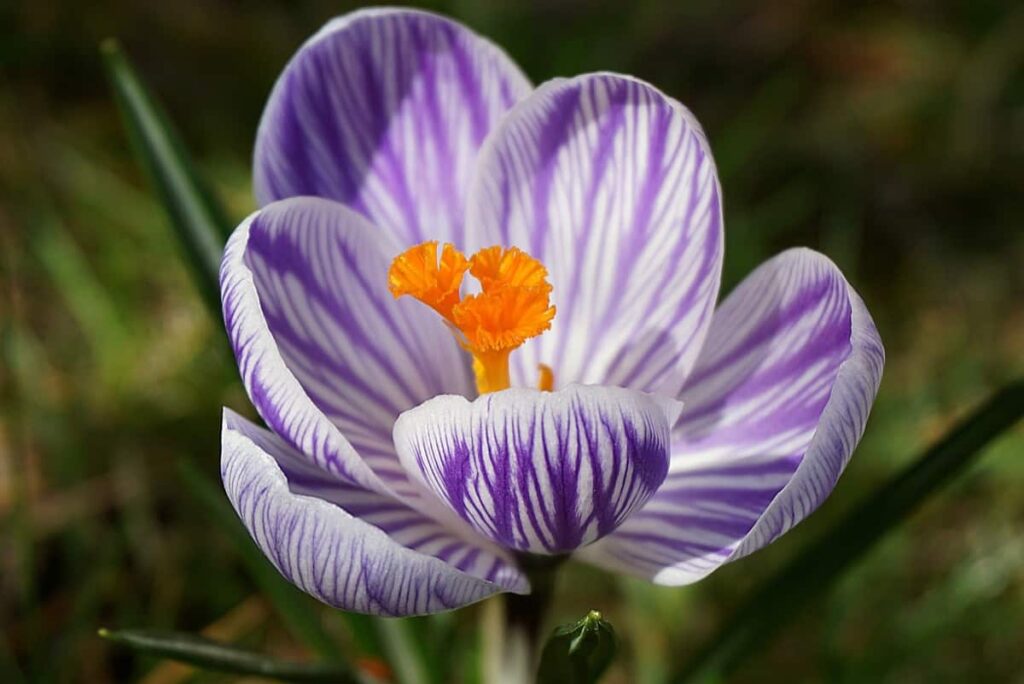
The Egyptians used it to make cloth and cosmetics, while the Ancient Greeks used it for healing wounds and treating digestive problems. Saffron cultivation began in earnest in the Middle East during the 8th century AD. At this time, Iran (then known as Persia) was the world’s leading producer of saffron. However, production later shifted to Spain when Moorish invaders brought saffron plants from Persia.
Spain remained the world’s largest producer of saffron until the early 21st century, when Iran regained its position as the top producer. In recent years, India has also emerged as a significant producer of saffron. The traditional method of producing saffron is labor-intensive and time-consuming. First, the flowers must be handpicked early in the morning before they bloom. The stigmas (the flower’s red part containing the spice) are then carefully removed from the flowers and dried.
Benefits of vertical Saffron farming
When it comes to saffron, the most important factor is undoubtedly the quality of the stigma. The higher the quality, the better the price those farmers can get for their products. And what determines the quality of the saffron stigma? Several crocins, picrocrocin, and safranal, are present in the stigma. The traditional way of farming saffron (horizontal farming) means that farmers must sacrifice many of these critical compounds to increase yield per square meter.
In case you missed it: Contract Goat Farming in India: How to Earn an Extra Income from this Long-Term Investment
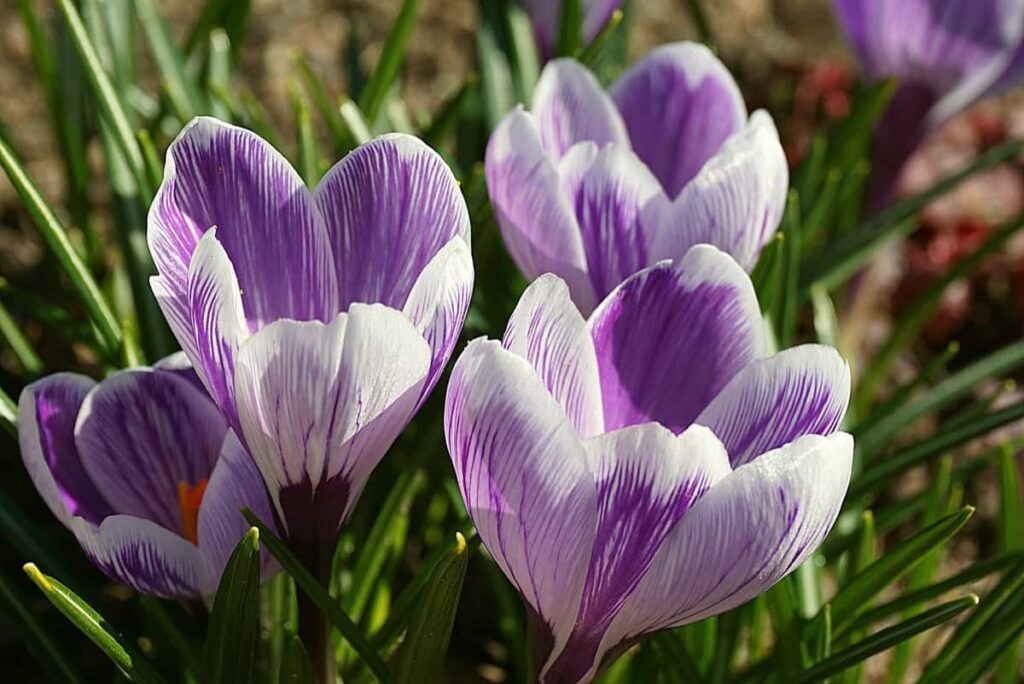
However, vertical farming allows farmers to increase yields significantly while still maintaining high levels of critical compounds. Studies have shown that vertical saffron farming can produce up to 10 times more crocins and picrocrocin than horizontal farming! This results in a higher quality product and allows farmers to get a better price for their saffron. So if you’re looking to buy top-quality saffron, look for vertically farmed varieties!
How to start a vertical Saffron farm
Saffron farming is a lucrative and sustainable business venture. The spice is in high demand, yet the supply is minimal. Vertical saffron farming is a relatively new concept that allows farmers to grow more saffron in a smaller space. This type of farming is ideal for those who live in urban areas or have limited space for traditional farming methods. If you’re interested in starting your vertical saffron farm, here’s what you need to know:
- Choose the right location: Saffron requires full sun and well-drained soil. Incase you live in an urban area, you may need to get creative with your farm location. Look for rooftops or other sunny spaces that can be converted into farm space.
- Start with quality bulbs: To produce high-quality saffron, you need to start with quality bulbs. Work with a reputable supplier to source your bulbs.
- Plant the bulbs properly: Saffron bulbs should be planted 6 to 8 inches deep and spaced 4-6 inches apart. When planting, ensure the bulb’s pointed end is pointing up.
- Water regularly and fertilize monthly: Saffron plants are drought tolerant but will produce more flowers if they’re watered regularly. Fertilize your plants once a month using a balanced fertilizer.
- Harvest when ready: Saffron flowers will bloom in the fall. Once the flowers
Vertical Saffron farming in India
Saffron is a valuable crop that has been grown in India for centuries. In recent years, vertical saffron farming has become more prevalent in India due to its many benefits. Vertical saffron farms are less water-intensive and can be more easily managed than traditional saffron farms. They also allow for a higher plant density, resulting in a higher yield per square meter. The vast majority of saffron in India is grown in the Kashmir region. The climate there is ideal for cultivation, and the soil is rich in minerals.
In case you missed it: Top 17 Herbs to Grow in Your Kitchen Garden: How to Plant and Care
Saffron requires excellent care and attention, and the farmers who grow it are highly skilled. The flowers must be handpicked at just the right time, and then they are carefully dried and processed to extract the precious crimson threads. The high cost of saffron means that it is often used sparingly, but it adds a beautiful color and flavor to many dishes. It is often used in rice dishes, desserts, and even some curries in India. If you are lucky enough to visit Kashmir, try some delicious local cuisines that include this unique ingredient.
Disadvantages of vertical Saffron farming
- High initial investment – To set up a vertical saffron farm, farmers need to make a high initial investment in infrastructure and equipment.
- Limited space – Vertical saffron farms take up a lot of space, which can be an issue for farmers with limited land.
- Pest and disease control – Pests and diseases can be more challenging to control in vertical farms due to the proximity of the plants.
- Requires specialized knowledge – Vertical saffron farming requires farmers to have specialized knowledge to grow and successfully harvest the crop.
Vertical Saffron farming in a greenhouse in India
In a country like India, where saffron is grown traditionally on open fields, greenhouses’ use for cultivation is still in its initial stages. However, with the ever-increasing demand for this spice and the high prices it commands, more and more farmers are turning to the greenhouse cultivation of saffron. The main advantage of growing saffron in a greenhouse is its controlled environment.
This means that the farmer can control the temperature, humidity, and other factors that affect the plant’s growth. This results in a higher yield of better-quality saffron. Another benefit of greenhouse cultivation is that it protects the plants from weather extremes. Greenhouses provide a stable environment for plants to grow in India, where the climate can be scorching and dry or very cold and wet. Vertical farming is another method that some farmers in India use.
In this method, the plants are grown vertically stacked layers in a confined space. This type of farming has many benefits, including a smaller footprint, less water usage, and fewer pests and diseases. With the right conditions and care, saffron plants grown in a greenhouse can produce large quantities of high-quality saffron. This will help meet the increasing demand for this valuable spice and ensure that farmers get reasonable crop prices.
In case you missed it: How to Grow Columbine Flowers: A Guide to Propagation, Planting, and Care
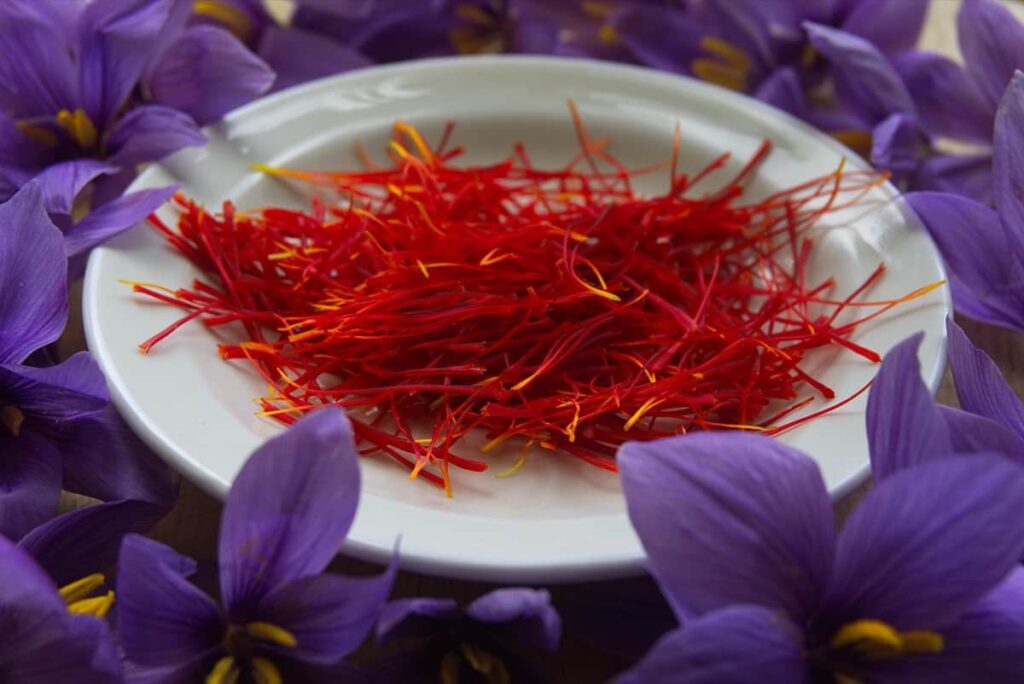
Hydroponic vertical Saffron farming
In recent years, saffron has become an increasingly popular spice, used in everything from culinary dishes to skincare products. As a result, the demand for this precious spice has skyrocketed and so has the price. To meet this demand, farmers have had to get creative with their growing methods.
One of the productive ways to grow saffron is through vertical hydroponic farming. This method involves growing the plant’s roots in a nutrient-rich water solution rather than soil. This allows farmers to maximize space and produce a higher yield per square foot. Hydroponic vertical saffron farming has several benefits:
- Increased yield: Because hydroponic systems allow for more efficient use of space, farmers can grow more saffron per square foot than traditional methods.
- Pest and disease control: When plants are grown in a controlled environment, it’s easier to prevent pests and diseases.
- Water conservation: Hydroponic systems use less water than traditional farming methods because the water is recirculated and reused.
- Less labor intensive: With hydroponic systems, farmers don’t need to till the soil or pull weeds by hand – tasks that can be very labor-intensive. If you’re interested in trying your hand at hydroponic vertical saffron farming, there are a few things you’ll need
In case you missed it: New York Vegetable Planting Calendar (NY): Month-wise Chart, Dates Guide, Schedule for Fall, Winter, Spring, Summer, and Zone-wise
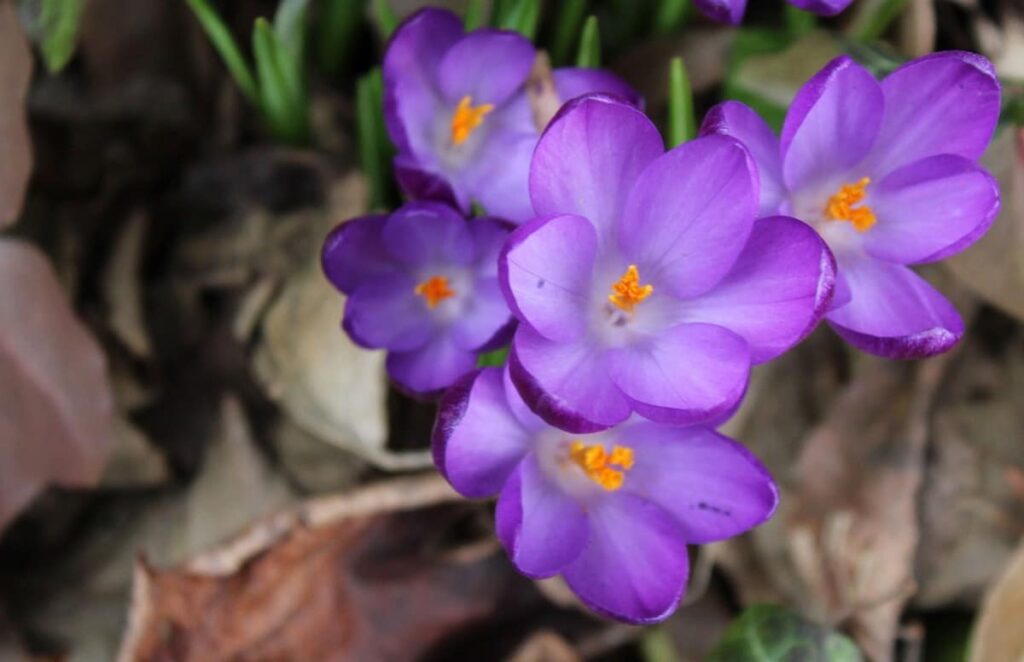
Conclusion
The saffron industry is amidst a revolution, and vertical saffron farming is leading the charge. This new method of cultivation allows farmers to produce more saffron in a smaller space, making it more efficient and sustainable. What’s more, vertical saffron farming is helping to revive traditional methods of production that were once thought to be lost. With the rising demand for saffron, vertical saffron farming is poised to transform the industry and bring about a new era of red gold production.
- Management Pests and Diseases in Your Cotton Field
- Sheep Farming Business Plan for Beginners
- Aquaponic Farming at Home: A Step-By-Step Guide
- Profitable Village Farming Business Ideas in 2024
- High-Yield Aquaculture: Fast-Growing Fish for Farming
- Effective Fish Pond Construction Techniques for Beginners
- Irrigation and Water Management in Pineapple Farming
- Blossom to Harvest: Mastering Flowering and Pollination in Papaya Farming
- Pig Fattening Essentials: From Selection to Sale for Beginners
- Raising Wagyu Cattle: A Complete Guide for Premium Beef Production
- Soil Types and Their Water Holding Capacity
- Optimizing Irrigation Schedules for Coconut Groves for Enhanced Yield
- Espresso Your Garden: Coffee Grounds for Healthier Acid-Loving Plants
- The Best Soil Mix for Snake Plants: How to Mix Your Own Snake Plant Soil
- Green Thumb Success: Expert Tips for Cultivating Greenhouse Beans All Year Round
- Bloom All Year Round: The Ultimate Guide to Indoor Hyacinth Care
- Eco-Friendly Gardening: How to Make Liquid Fertilizer from Kitchen Waste
- Ultimate Guide to Grow Anise in Pots: Explore Seed Propagation to Harvesting
- Guide to Raising Chester White Pigs: Discover Breed Facts to Growth Management
- Mastering the Elegance: The Ultimate Guide to Weeping Cherry Tree Care, Planting, and Maintenance
- Ultimate Guide to Planting Garlic in Grow Bags: Growing Strategies for Beginners
- How to Fix Spider Plant Leaf-Related Problems: Natural and Organic Remedies
- 10 Reasons Why Your Tulsi Plant is Shedding Leaves: Home Remedies and Solutions
- Optimizing Growth and Yield: The Advantages of Palm Bunch Ash Fertilizer
- Utilizing Neem Oil Extract as a Natural Pesticide for Hydrangea
- From Soil to Harvest: Various Ways in Which Farmers Can Use AI Tools
- Steps to Encourage and Induce Citrus Flowers: A Comprehensive Guide
- How to Fix Snake Plant Leaf-Related Issues: Natural and Organic Remedies
- Transform Your Garden into a Fragrant Oasis with Raat Ki Rani (Night Blooming Jasmine)
- Discover the Ideal Chicken Breeds for Philippine Farms
- How to Create a Poultry Egg Farm Business Plan for Profits
- Grow Lemon Cucumbers Like a Pro: Insider Techniques for Bountiful Yields
- Ultimate Guide to Caring for Your Pink Princess Philodendron: Tips for Thriving Variegation
- Areca Nut Profit Per Acre: Calculating Yield and Cost of Cultivation
- How Kaveri Chicken is Becoming a More Profitable Breed in Indian Backyards
- Transform Your Barn: 9 Steps to Convert a Horse Stall into a Chicken Coop

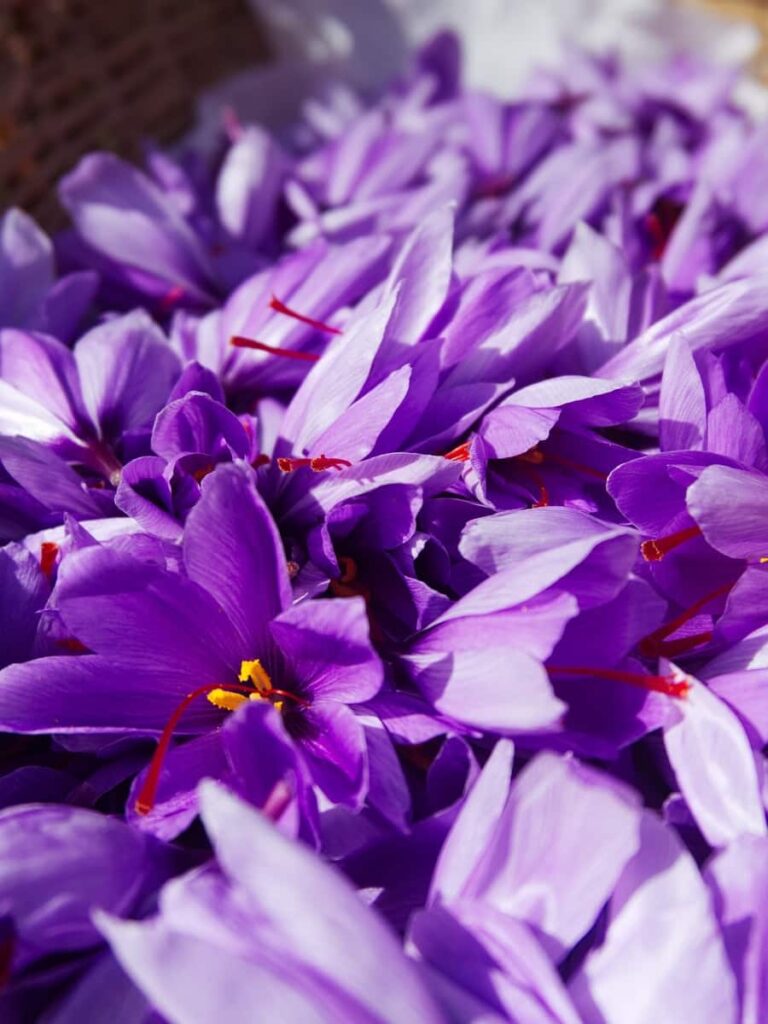
Give me latest information about farming with less use of water
Sir I an interested in hydrophonic farming of saffron in 320 Sq ft. Area. I am from ranchi, jharkhand. Please send me quotation and estimated project report for this project.
Thank you
Renu kumari
I am interested in Vertical Saffron Farming.
Located in Pretoria, South Africa.
Please send Info.
Dear sir, my name is Leyen from Vietnam, I am interested in vertical saffron farming. Please send me a quote and accompanying proposal.
Waiting for your news!
Best regards,